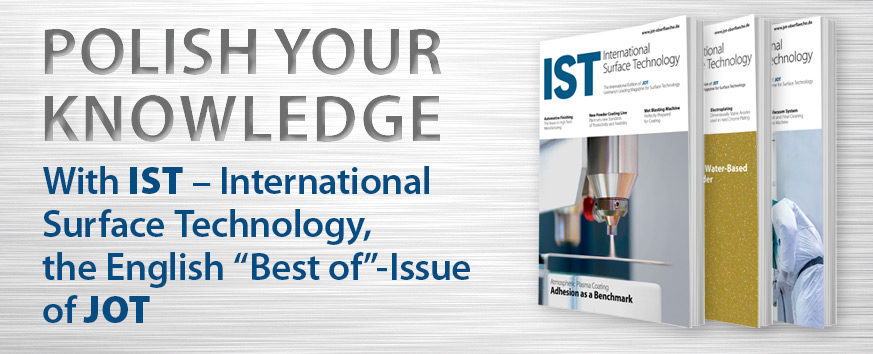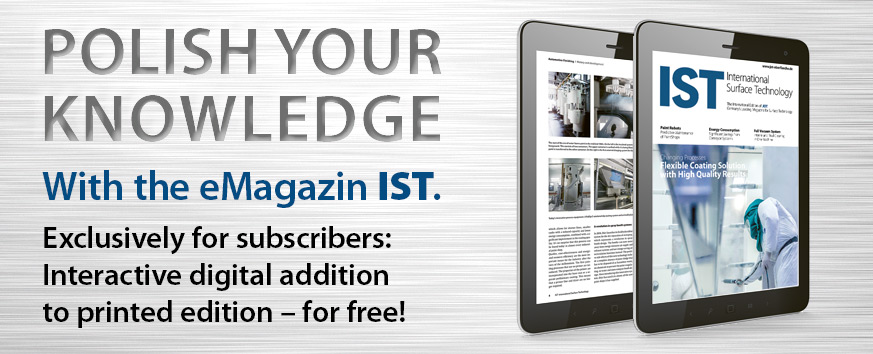The term Additive Manufacturing (AM) stands for a series of different technologies of additive manufacturing in which an object is built up layer by layer using a 3D model. 3D printing is often the best known of these technologies. The industry can benefit from production "at the touch of a button", which can also be flexibly adapted and produced in small quantities. In many cases, however, the surface roughness of the components and the porosity of the surface pose a challenge. To meet this challenge, researchers from the Belgian NPO Sirris and the German Fraunhofer Institute IAP have joined forces in a joint project to research technical coatings in additive manufacturing. With the help of technical coatings, the scientists from both institutions were able to significantly improve the surface properties of AM-manufactured components. The combination of painting and polishing proved to be the most effective method of surface optimization. In addition, the components can be functionalized by using special paints or other surface treatments. Polishing the finished components has two disadvantages: it takes too long and the shape of the part is changed.
The research project has shown that the entire component can be fully functionalized with the appropriate surface treatment. The application of established technologies such as technical coating opens up new opportunities for the AM market. "In the future, the corresponding surface treatment will be integrated into the AM production process," predicts Dr. Andreas Holländer, an expert in surface technologies at the Fraunhofer IAP. The combination of AM with established technologies therefore promises better added value and more application potential than AM alone.
Autor(en): Ke





